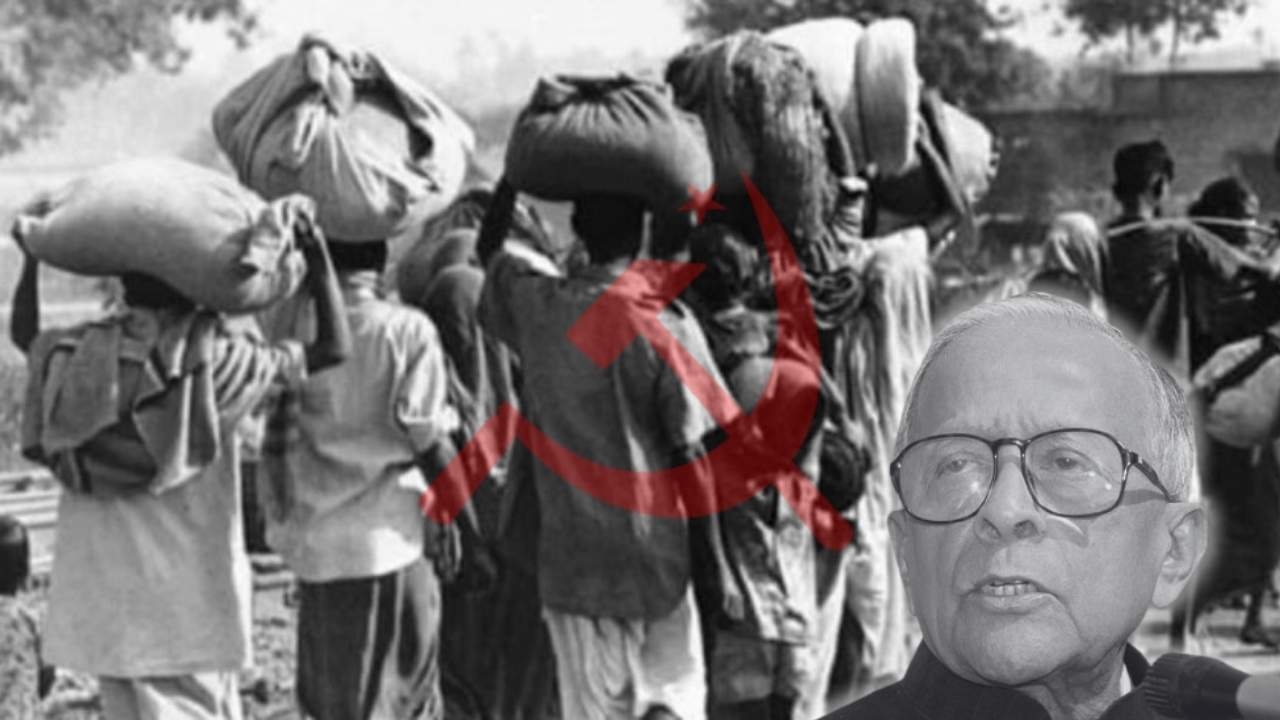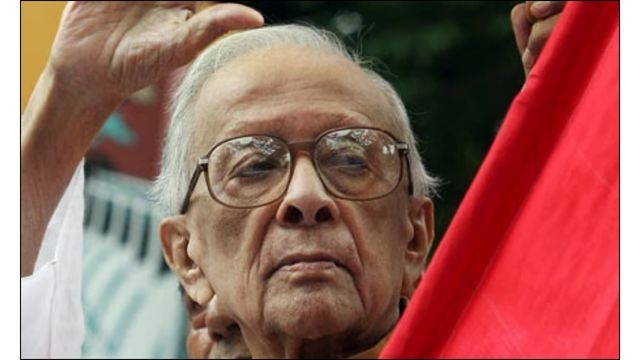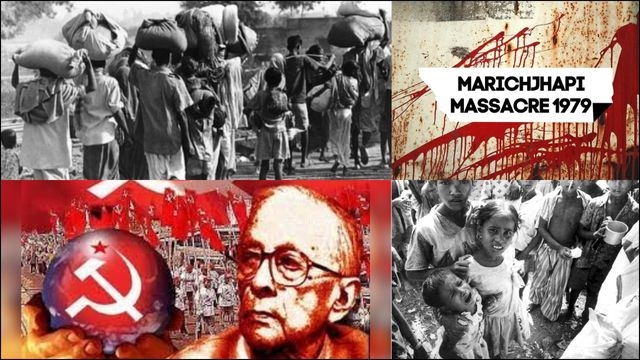The Forgotten Massacre of Marichjhapi: When the Communist Regime Butchered Refugee Hindus
Behind slogans of equality and progress, the Communist regime carried out one of the darkest acts of violence in post-independence Bharat.
Total Views |

The history of independent India is filled with tales of resilience, sacrifice and betrayal by anti-Bharati forces deeply rooted within the nation itself. Yet few incidents have been so deliberately erased from public memory as the Marichjhapi Massacre of 1979. Beneath the slogans of “proletarian justice” and “secular progressivism,” the Communist regime in West Bengal committed one of the most horrific atrocities against Hindu refugees.
The date 31 January 1979 marks a gruesome chapter in India’s post-independence history. On this day, the Left Front government in West Bengal was accused of turning Marichjhapi Island in the Sundarbans into a killing ground. The massacre remains a permanent stain on the conscience of a civilised society.
Background of the Marichjhapi Massacre
After the Partition of 1947, millions of Hindu refugees fled to West Bengal from East Pakistan (now Bangladesh). Among them were many from the Namashudra community and other marginalised groups who faced brutal persecution in Pakistan. The Congress government in West Bengal failed to provide proper rehabilitation. During the 1950s, it proposed relocating the refugees to Dandakaranya in central India. However, the area’s rocky terrain, frequent droughts and harsh climate made life unbearable, leading many to return to West Bengal in small groups from 1958 onwards.

On 25 January 1976, Jyoti Basu, a senior Left Front leader, addressed a meeting in Bhilai near the Mana refugee camp in Dandakaranya. He assured the refugees that if the Left Front came to power in West Bengal, they would be allowed to settle in the Sundarbans. When the Left Front formed the government in 1977, groups of refugees began arriving from Dandakaranya and settling on Marichjhapi Island, which was then uninhabited.
Refugees Settle and Begin Farming and Fishing
After arriving at Marichjhapi, the refugees built homes, began farming, fishing and running small businesses to sustain themselves. The island soon became a symbol of self-reliance and hope. But the Left Front government declared the area an ecological reserve and labelled the settlement illegal. When the refugees appealed for proper rehabilitation, the government refused and instead decided to remove them by force.
A Communist War on the Helpless
Between January and May 1979, the so-called “people’s government” of West Bengal launched a state-sponsored campaign of terror against Hindu refugees who had already endured persecution in East Pakistan. What began as an eviction drive soon became a calculated operation of extermination.
The government cut off food, water and medical supplies to the island, effectively turning Marichjhapi into an open-air prison. Starvation, disease and despair began taking lives even before the violence started. Then came the police and armed cadres of the ruling party, acting in coordination and with ruthless precision.

From 31 January to 11 May 1979, violent raids were carried out to clear the island. Boats carrying fleeing refugees were fired upon. Huts were burnt to the ground. Men were beaten and shot. Women, children and the elderly were not spared. Eyewitnesses described scenes of unimaginable horror: bodies, both dead and half-dead, were dumped into crocodile-infested waters, where the mangroves became silent witnesses to the brutality.
For the Communist rulers, this was not just eviction. It was erasure. They sought to eliminate both the people and the memory of their suffering. Yet while the cries of the dying echoed through the Sundarbans, the self-proclaimed defenders of humanity and secularism remained silent. The Left’s ideological arrogance had consumed its own humanity.
The Scale of the Tragedy
Estimates of the death toll range widely, with some reports suggesting between 4,000 and 10,000 victims. The Communist government never admitted the extent of the massacre, and no formal investigation or trial was ever conducted. Journalists who attempted to report the truth were silenced or obstructed. Over the years, successive Left governments ensured that the massacre faded from history books and public discourse.
Article by

Kewali Kabir Jain
Journalism Student, Makhanlal Chaturvedi National University of Journalism and Communication

